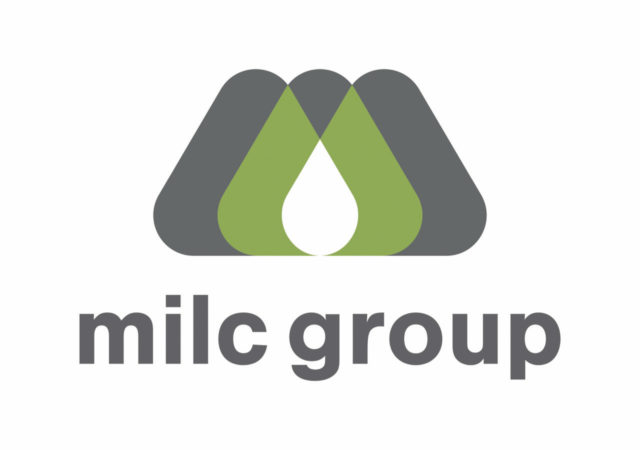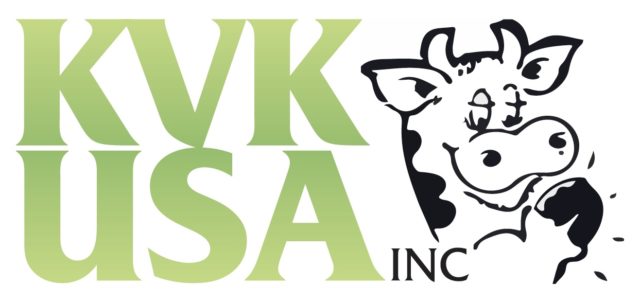Don't call a photovoltaic power station a "solar farm" in front of Chris Scheuring. "We all do a little spin, but calling it a 'crop' is like bad poetry in a sophomore English class," says the California Farm Bureau attorney. "I should know what a crop is, and it doesn't fit my definition of a crop." The question of when a farm is a farm is coming up often these days in California's agricultural heartland, where the sunny days and wide open spaces that make it America's most productive ag land are proving an irresistible mix to developers seeking to get in on the U.S. push for renewable energy.
Developers say that solar panels "harvest" the sun's energy to turn into electricity, and that their 35-year lifespan is about the same as an almond orchard.
"I view this as a temporary use," said developer Al Solis, as he made a pitch to the Fresno County Board of Supervisors to allow farmland planted in Asian vegetables to convert to solar.
The land rush is on, and to critics it looks like the leapfrog housing boom of the late 20th century that chopped up some agriculture regions into too-small pieces.
State laws to protect prime soils are being set aside by local governments eager to transform farm economies into the next big thing. And developers are finding it easier to convince county boards of supervisors to tear up contracts designed to keep land in farming than to overcome obstacles placed by endangered species on undisturbed land that might be more suitable, like the non-protected portions of California's expansive Mojave Desert.
The state needs an estimated 100,000 acres of solar arrays with today's technology to meet its mandate that 33 percent of all energy be renewable by 2020.
"We are definitely on the leading edge of a wave of proposals for industrial solar energy on tens of thousands of acres of land," Scheuring said. "It's a real good time to get our signals straight about how we are going to do this on California's landscape."
A joint policy paper released Oct. 24 by the law schools at UCLA and UC-Berkeley says that California must balance food security and energy production by identifying marginal farmland and guiding solar development to it or risk consequences. The state lost 200,000 acres of irrigated farmland to development between 2006 and 2008, and 1.3 million acres since 1984.
In Fresno County alone, where the $5.8 billion in annual agriculture production is often the highest of any U.S. county, the stakes are high. At least 32 applications for utility-scale solar projects are on file since the first one was approved, and four more are planned here by Pacific Gas & Electric, which gets its approval from the state. The result would be a patchwork of solar collectors scattershot across prime farmland.
Planners say they can't recall ever having so many permit applications pending for one type of development, even in the heydays of the home building boom.
"This is unique, and it's pretty new," said Will Kettler, Fresno County's principal planner.
A bill signed by Gov. Jerry Brown could make marginal land far more attractive for development. The law will expedite the process by which poor soil can be developed with solar by allowing owners to more easily end their Williamson Act contracts, which grant lower tax rates in exchange for keeping the land in agriculture for 10 years.
The law should expedite development of the 30,000-acre Westlands Solar Park 60 miles southwest of Fresno, one project that has the support of the major environmental groups. All of the land is either of marginal quality or without a reliable water source, but is covered by hundreds of contracts that would have had to be undone individually.
"We can now move forward without any of the underlying risks associated with guessing how we are going to remove ... private land under the Williamson Act," said Daniel Kim, a principle in development.
Scheuring filed a first-ever lawsuit hoping to close a loophole in the act, which says prime land can be developed only if no other suitable land is available. His immediate target is Fresno County, where the board of supervisors last month allowed the owners of 156 acres planted in melons and tomatoes to develop solar.
Critics of the supervisors' decision point out that the region has 200,000 acres of retired land contaminated with selenium perfectly suited for sun energy.
Scheuring was motivated by an opinion from the California Department of Conservation, which advised Fresno County not to approve the project.
"There are 100,000,000,000 acres in the state and the sun shines abundantly on most of it," the department wrote. "Electrical generation facilities do not necessarily have to be located on land with the best quality soil; however agricultural crops can only be grown on land with the best-quality soil, which is a scarce and nonrenewable resource."
Scheuring's intent is to follow the case to the appellate level to force a statewide policy on solar development.
"It would be a strong signal to the solar industry to think more creatively about the task of siting these things within the existing mosaic of California land uses," Scheuring said. PD
—AP newswire report



